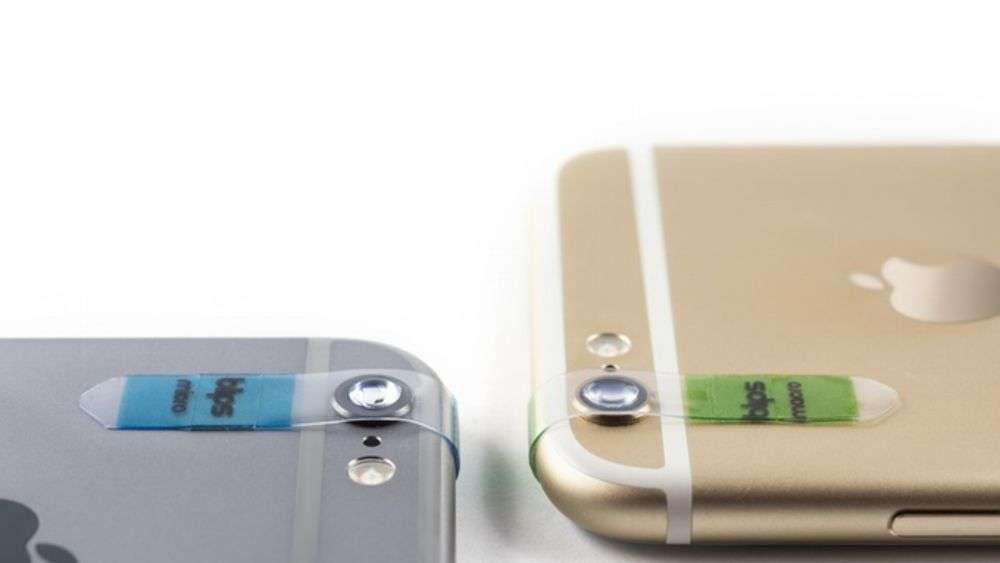Introduction
Selecting a new smartphone can be an exciting but often expensive decision. If you’re considering upgrading your mobile device, you might wonder about the best way to make the purchase. One option to explore is using a credit card for this transaction. In this article, we’ll guide you through the process of choosing a new smartphone with your credit card and offer some tips for making a wise purchase.
- Review Your Credit Card Benefits
Before you begin your smartphone search, take a close look at the credit cards in your wallet. Many credit cards offer various benefits that can be advantageous when making a significant purchase like a smartphone. These benefits may include:
- Extended Warranty: Some credit cards automatically extend the manufacturer’s warranty on items you purchase, including smartphones. This can save you money on extended warranty plans.
- Purchase Protection: Many credit cards offer purchase protection, which can cover your new smartphone in case of damage, theft, or loss for a certain period after the purchase.
- Cashback or Rewards: Credit cards often provide cashback or rewards points on your purchases. You can use these rewards to offset the cost of your new smartphone or other expenses.
- Price Protection: Some credit cards offer price protection, which can reimburse you the difference if you find your smartphone at a lower price shortly after purchase.
- Set a Budget
Determine how much you’re willing to spend on your new smartphone. Setting a budget is crucial to ensure that you choose a device that meets your needs without breaking the bank. Be realistic about what features and specifications you require in a smartphone, as this will help you narrow down your options.
- Compare Smartphone Options
Research various smartphone models and compare their features, specifications, and prices. Consider factors such as operating system (iOS or Android), camera quality, battery life, and storage capacity. Reading reviews and seeking recommendations from friends and family can be beneficial in making an informed decision.
- Check for Promotions and Discounts
Keep an eye out for promotions, discounts, or special offers from both the smartphone manufacturer and your credit card company. Some credit cards partner with retailers to offer exclusive discounts or cashback deals on certain purchases, including smartphones.
- Purchase from a Secure Source
When you’re ready to make your smartphone purchase, choose a secure and reputable source. Buying directly from the manufacturer, authorized retailers, or well-established online marketplaces can provide peace of mind regarding product authenticity and warranty.
- Verify Return and Warranty Policies
Before finalizing your purchase, review the return and warranty policies. Ensure that you understand the terms and conditions of any warranties, and consider how purchase protection through your credit card might apply.
- Make the Purchase
Once you’ve done your research and are ready to buy, use your credit card for the transaction. When entering your credit card information online, make sure you’re on a secure and legitimate website to protect your personal and financial data.
- Record and Save Receipts
After your purchase, save your smartphone receipt and make a record of the transaction. This will be important for warranty claims, potential price protection claims, and keeping track of your expenses.
Conclusion
Choosing a new smartphone with a credit card can provide you with added benefits, such as extended warranties, purchase protection, and rewards. However, it’s essential to make informed decisions, set a budget, and research your options thoroughly to ensure you get the best value for your money. By following these steps, you can upgrade your smartphone while maximizing the advantages offered by your credit card.
Author Bio:
EmpireOne Credit Solutions provides debt solutions to fix bad credit. Ask for Consumer Proposal, Debt Consolidation and Credit Counselling.
